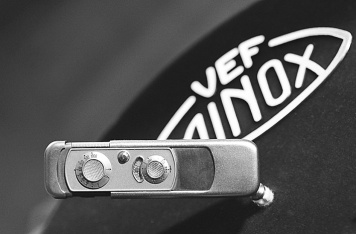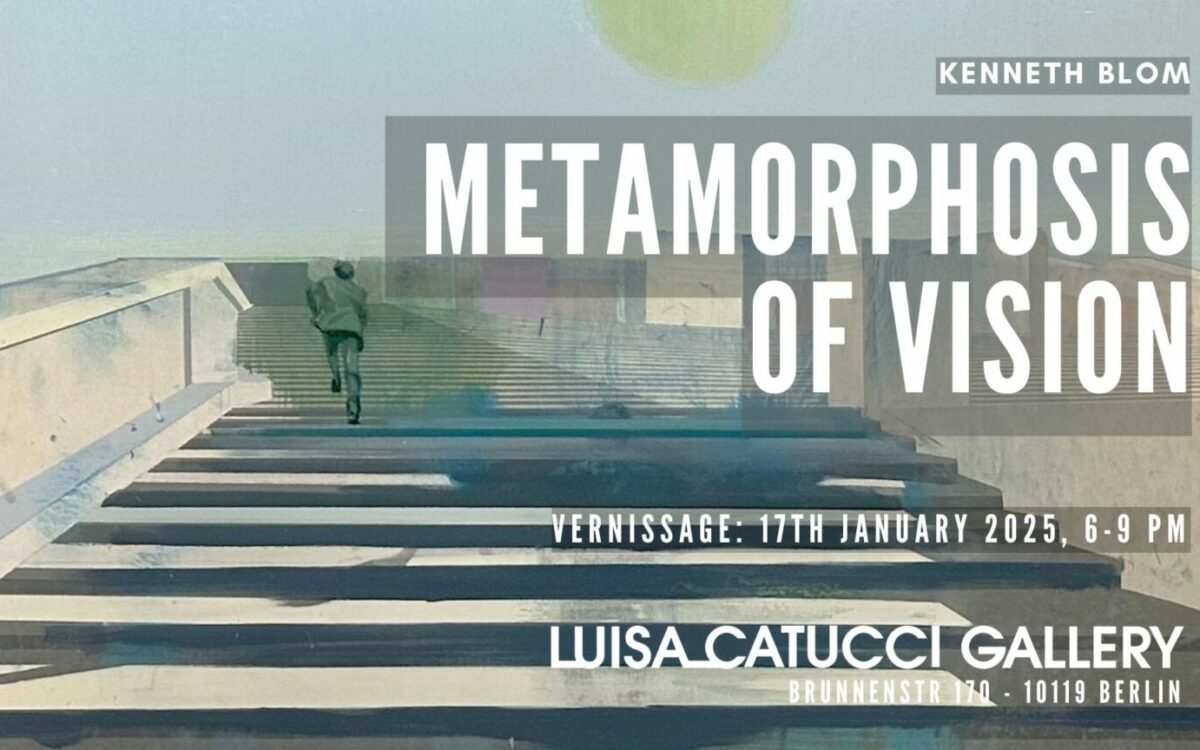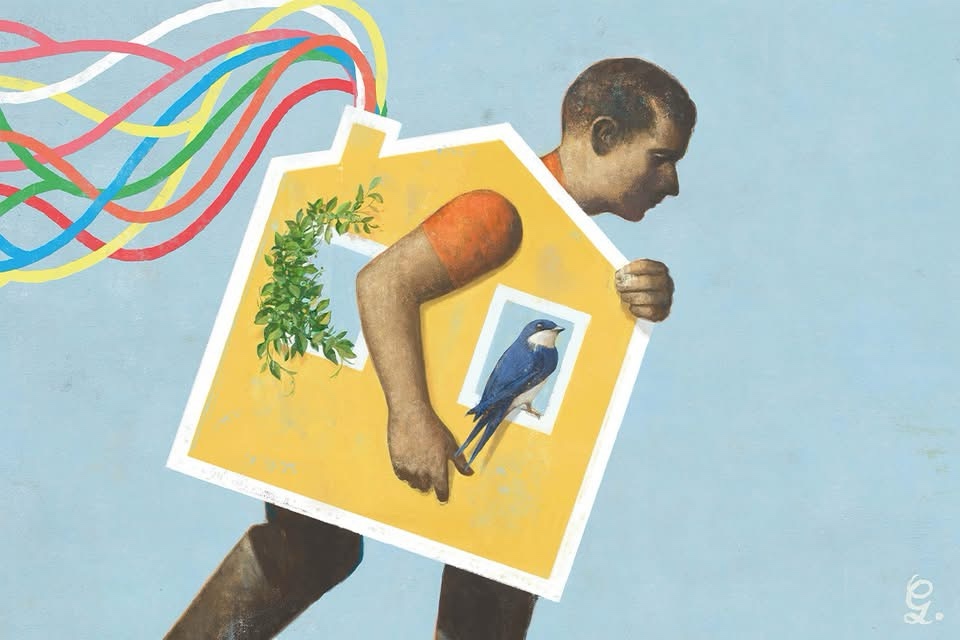The Latvian Museum of Photography
The museum’s permanent exposition “Development of Photography in Latvia. 1839 – 1940” is installed in three halls and includes exhibits from the Latvian Museum of Photography, the Museum of the History of Riga and Navigation as well as from private collections. The author of the exposition is the photo historian Peteris Korsaks who has been the museum’s specialist for many years. The unique exhibits collected over the years represent the development of photography in Latvia and worldwide.
In the first hall the oldest and rarest photographs available in Latvia are displayed –daguerreotypes on polished silver-coated copper plates, ambrotypes on glass plates and ferrotypes on iron plates. Visitors can take a look in an old-time photo camera made of wood and designed for making images on a glass plate. When looking at the upside-down projection on the ground glass of the camera, it is possible to imagine the process of composing and focusing the image in former days.

The wide range of images from the beginning of the 20th century reflects the changing fashion tendencies as well as the vanished sceneries and architectonic buildings not preserved till today – House of Blackheads, Sand Fort and Karl’s Gate in Riga, Staburags and other places can be seen in the pictures. Old albums and accessories that were irreplaceable in the work of photographers before the invention of electricity are displayed in the showcases.
The materials exhibited in the second and third hall give insight in the work of Latvian photographers during the first part of the 20th century. The exposition includes images with events depicting Latvian riflemen activities and war damage as well as with portraits where the most notable is the portrait of the first Latvian president Janis Cakste by photographer Maris Lapins and the portrait of composer’s Emils Darzins mother by Vilis Ridzenieks which was awarded with a gold medal in Wimbledon, in 1928. Other materials displayed in the showcases include postcards with Latvian poets Rainis and Aspazija published by the founder of Latvian Association of Photographers Martins Bulcers, the magazine “Stari” publishing articles on photography, as well as other items presenting the activities of photographers, such as catalogues, business cards, awards, badges etc. A unique exhibit is the mini camera Minox manufactured by the VEF factory in the end of the 1930’s – it is included in the Latvian Cultural Canon being the “most impressive brand of national design and industry”.





